Key info
Visiting guide
Open 24 / 7
Free entry
Free car parking
History of Barnsley Main Colliery
1830s – Deep mining commences in the area. Barnsley Main Colliery originates as the site of the ‘Cupola’ ventilation shaft for the Oaks Colliery to the south [1].
1866 – A series of methane explosions at Oaks Colliery results in the death of 361 miners and 27 rescuers, making it the most severe mining disaster in England to date.
1890s – Shaft number 2, which would later become part of Barnsley Main Colliery, is sunk.
1906 – Numerous buildings surrounding shaft number 2 are constructed, and the site now appears on the OS map as Barnsley Main Colliery.
1931 – Barnsley Main Colliery expands, absorbing Oaks Colliery.
1947 – Barnsley Main Colliery is nationalised, and ownership transfers to the National Coal Board, who install the steel headstock above shaft number 2.
1956 – The colliery undergoes further modernisation, including the construction of the upper floor of the engine house and the upper part of the shaft-head building.
1966 – Barnsley Main Colliery is closed.
1970s – Shaft number 2 is re-opened for man-riding (to transport miners) into tunnels connected to Barrow Colliery to the south, where coal is brought up to the surface.
1991 – Barnsley Main Colliery ceases operations for good.
2013 – The engine house and pithead structures are first designated as listed structures [2].

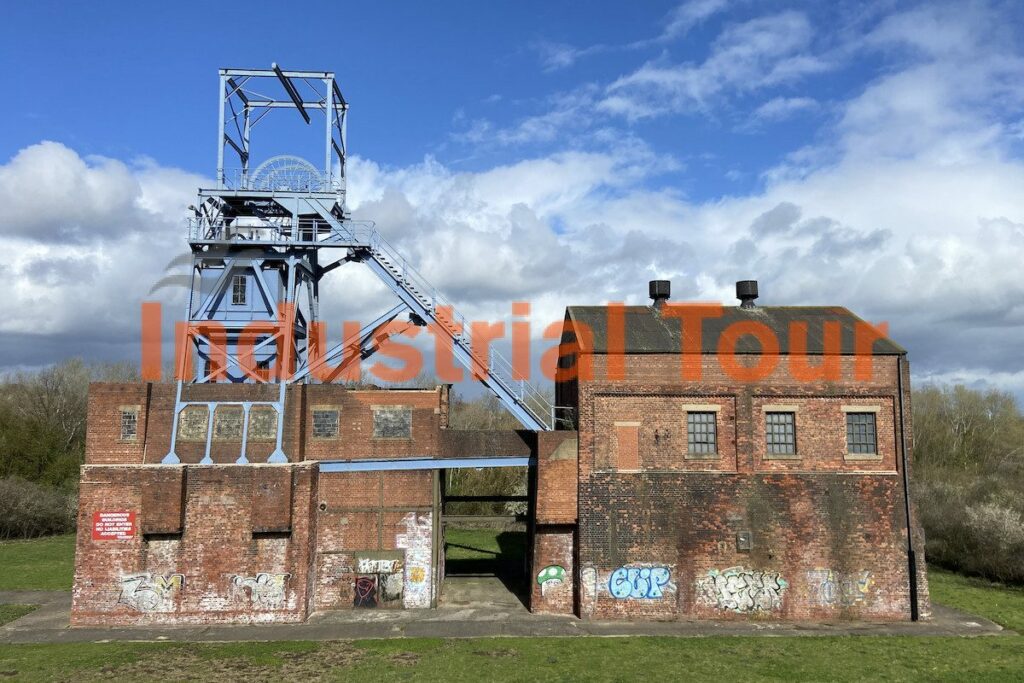
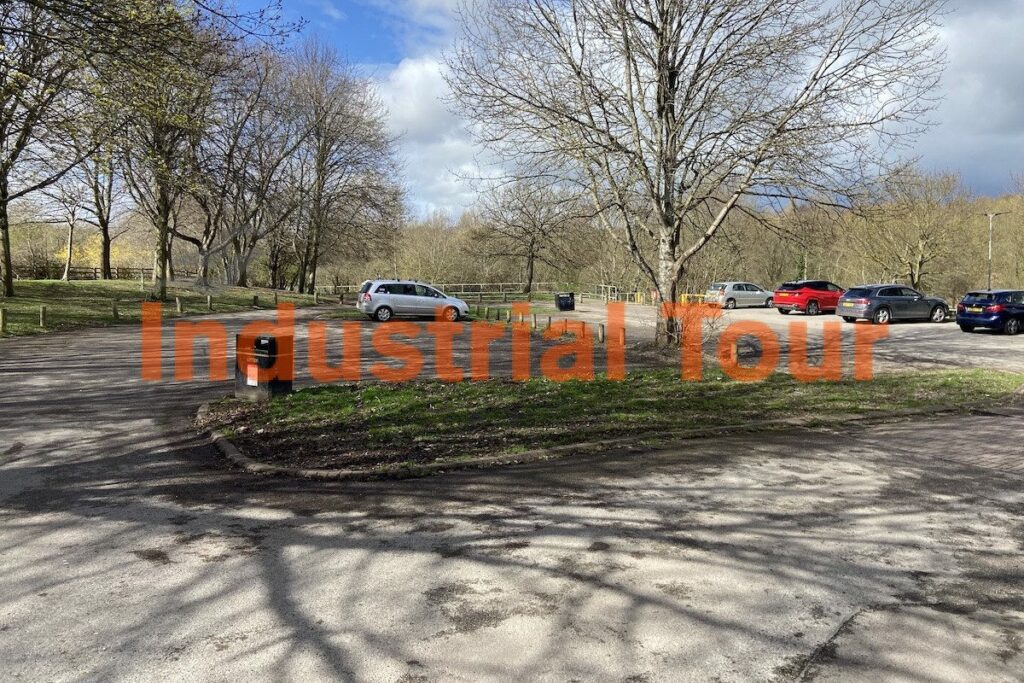
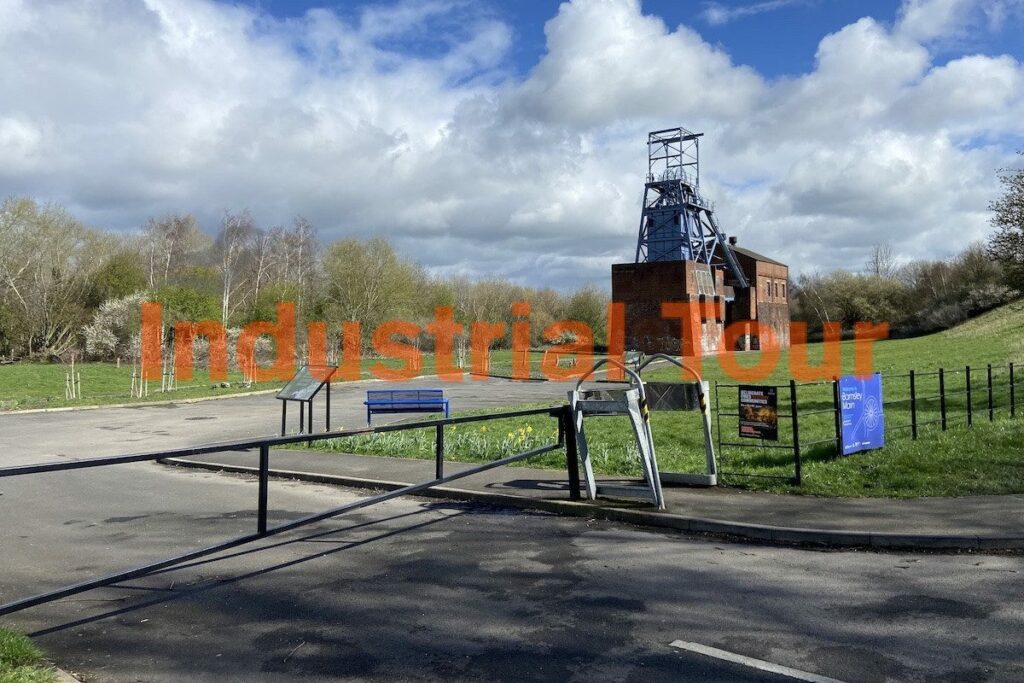
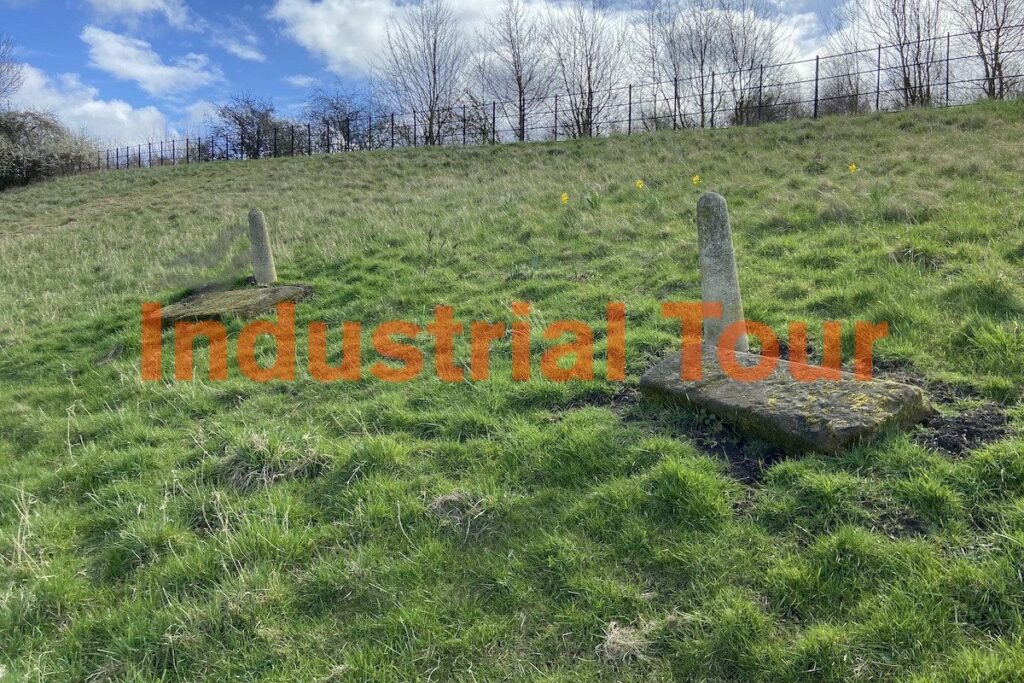

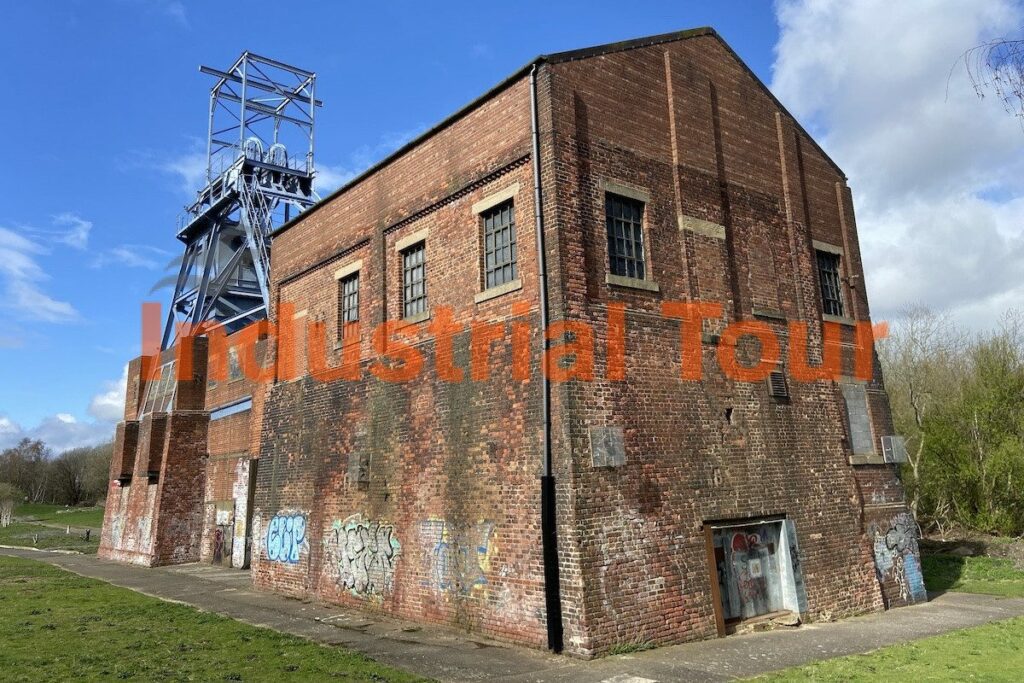



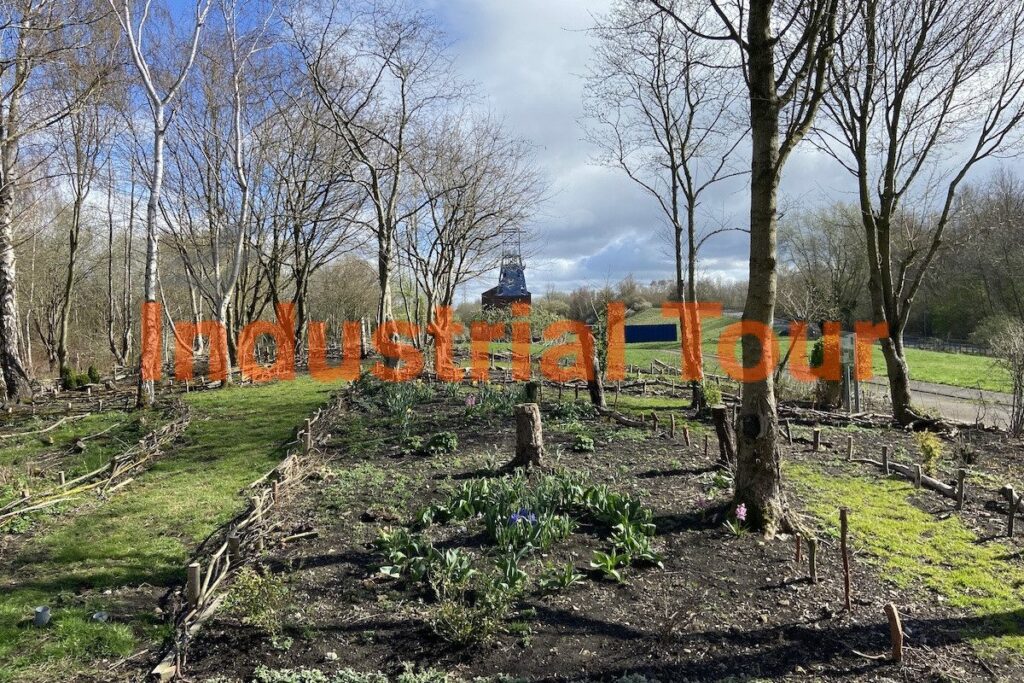
 Trevithick Tunnel
Trevithick Tunnel